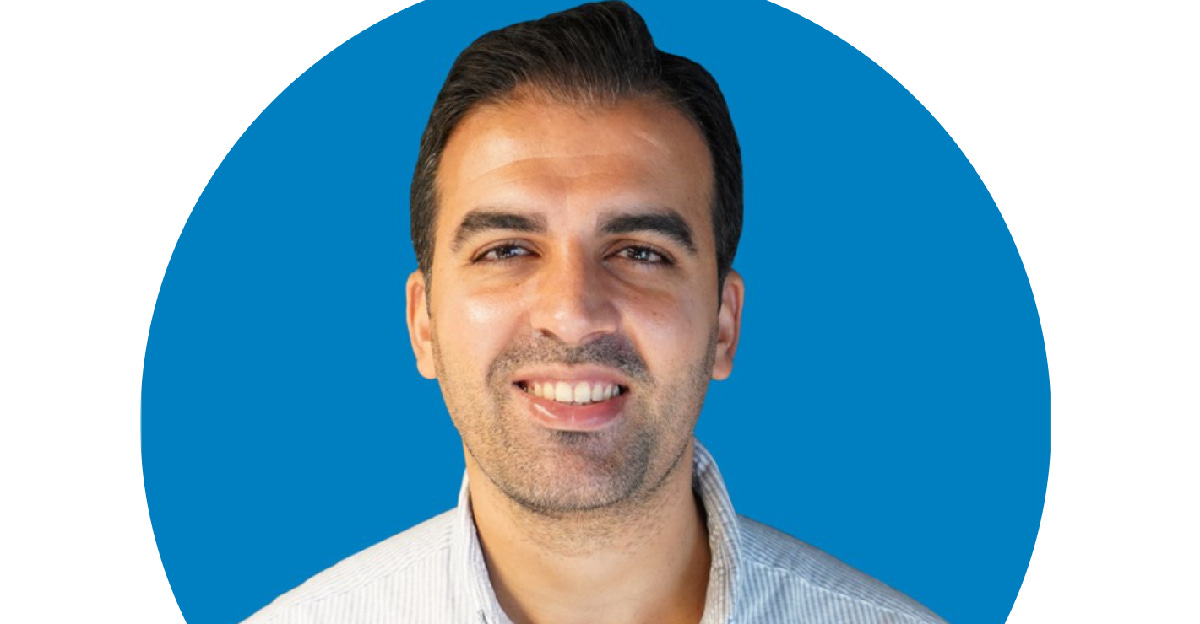How an engineering student accidentally started a thriving science news site
Hüseyin Kilic grew Interesting Engineering into a media behemoth with over 15.5 million social media followers.

Welcome! I'm Simon Owens and this is my media newsletter. You can subscribe by clicking on this handy little button:
Hüseyin Kilic had no ambitions to operate a media business when he opened an account on Blogspot in 2011. In fact, he barely had any concept of what a media business was.
At the time, Kilic was a university engineering student and occasionally traveled to his hometown in Turkey to help his father run an internet café. “Customers could rent a computer on an hourly basis,” he told me. “I would sometimes play games with the customers, but after some time I grew bored.” He wanted to improve his English language skills, and it occurred to him that he could do so through blogging. So he launched one at interestingengineering.blogspot.com.
Today, Kilic readily admits that he had no idea what he was doing. Whenever he read an article that he enjoyed, he simply copy and pasted the entire thing onto his blog. “I wasn’t trying to steal other people’s work,” he said. “I was just reading this content, I liked it, and I wanted to use my blog to feature it. I was treating it like a notepad.”
It didn’t take long for Kilic to get bored with the blog, and he pretty much abandoned it when he went back to school. “I had midterms and I had to study a lot,” he said. “I was a hard working student.” Another four weeks passed before he went back to his father’s internet café. When he logged into his Blogspot dashboard, he was shocked to see that the site was getting over 1,000 visits a day, mostly from Google. “After that, I was interested in learning more about this — how people came to the web page, how I can convert it into money.”
Kilic fell down an internet rabbit hole where he learned about things like SEO and Google Adsense. He quickly realized that, while plagiarizing content was frowned upon, he could summarize news and then link back to the original source. As he incorporated more and more of his learnings into the blog, its audience growth accelerated.
Flash forward 10 years, and Interesting Engineering – which I’ll henceforth refer to as IE – is one of the most popular science news publishers in the world. Not only does it generate millions of visits on its website, but it also has massive reach across platforms like Facebook, Instagram, and YouTube. And while Kilic built the business through ad-funded content aggregation, he has ambitions to publish more longform journalism and place it behind a subscription paywall.
How did a Turkish college student with no journalism experience and a shaky grasp of English accomplish such a feat? I recently interviewed Kilic about IE’s journey from a one-person blog to a full-fledged media company that employs dozens of people and reaches millions of consumers worldwide.
Let’s jump into my findings…
Riding the Facebook wave
Kilic made two consequential decisions in the early days of running IE.
The first was that he signed up for a Google Adsense account. His earnings were relatively small at first, but with the low cost of living in Turkey he was able to hire a few English-speaking freelancers who helped dramatically increase the site’s article output.
